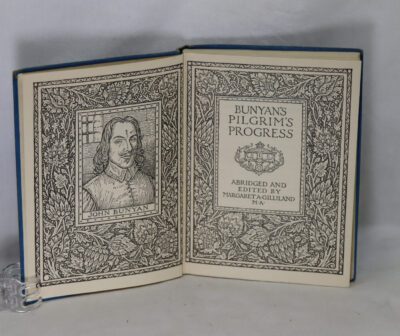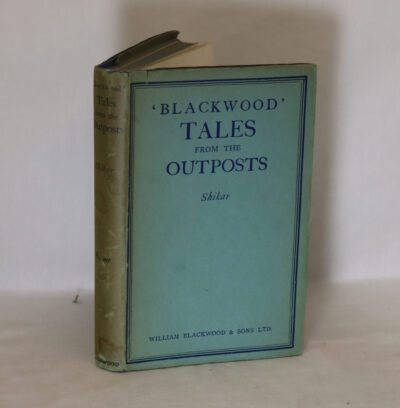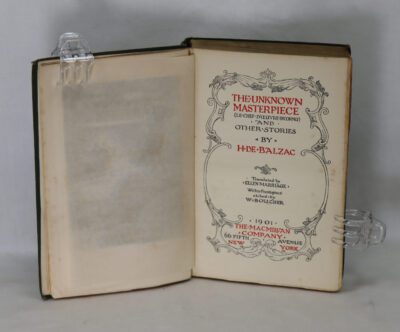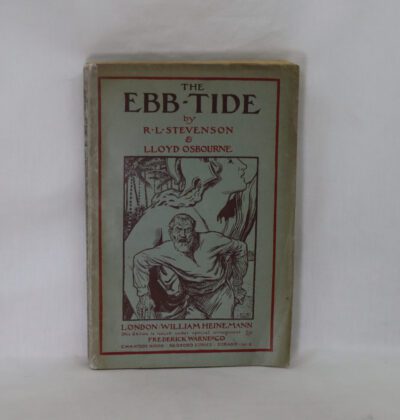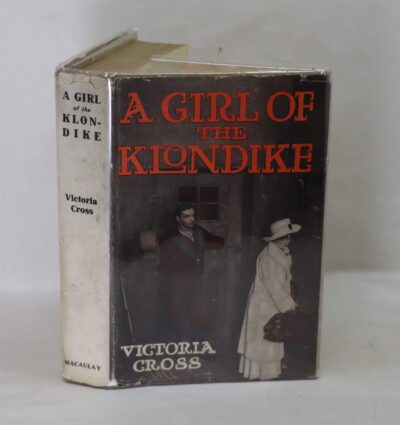David Copperfield as a Boy.
Printed: 1961
Publisher: J M Dent & Sons. London
| Dimensions | 11 × 16 × 2 cm |
|---|---|
| Language |
Language: English
Size (cminches): 11 x 16 x 2
Condition: Very good (See explanation of ratings)
Your items
Item information
Description
Red cloth binding with gilt title on the spine.
We provide an in-depth photographic presentation of this item to stimulate your feeling and touch. More traditional book descriptions are immediately available
- Note: This book carries a £5.00 discount to those that subscribe to the F.B.A. mailing list
For conditions, please view our photographs. A nice clean rare copy from the library gathered by the famous Cambridge Don, computer scientist, food and wine connoisseur, Jack Arnold LANG.
David Copperfield is a novel by English author Charles Dickens, narrated by the eponymous David Copperfield, detailing his adventures in his journey from infancy to maturity. As such, it is typically categorized in the bildungsroman genre. It was published as a serial in 1849 and 1850 and then as a book in 1850.
David Copperfield is also a partially autobiographical novel: “a very complicated weaving of truth and invention”, with events following Dickens’s own life. Of the books he wrote, it was his favourite. Called “the triumph of the art of Dickens”, it marks a turning point in his work, separating the novels of youth and those of maturity.
At first glance, the work is modelled on 18th-century “personal histories” that were very popular, like Henry Fielding’s Joseph Andrews or Tom Jones, but David Copperfield is a more carefully structured work. It begins, like other novels by Dickens, with a bleak picture of childhood in Victorian England, followed by young Copperfield’s slow social ascent, as he painfully provides for his aunt, while continuing his studies.
Dickens wrote without an outline, unlike his previous novel, Dombey and Son. Some aspects of the story were fixed in his mind from the start, but others were undecided until the serial publications were underway. The novel has a primary theme of growth and change, but Dickens also satirises many aspects of Victorian life. These include the plight of prostitutes, the status of women in marriage, class structure, the criminal justice system, the quality of schools, and the employment of children in factories.
Want to know more about this item?

Related products
Share this Page with a friend



